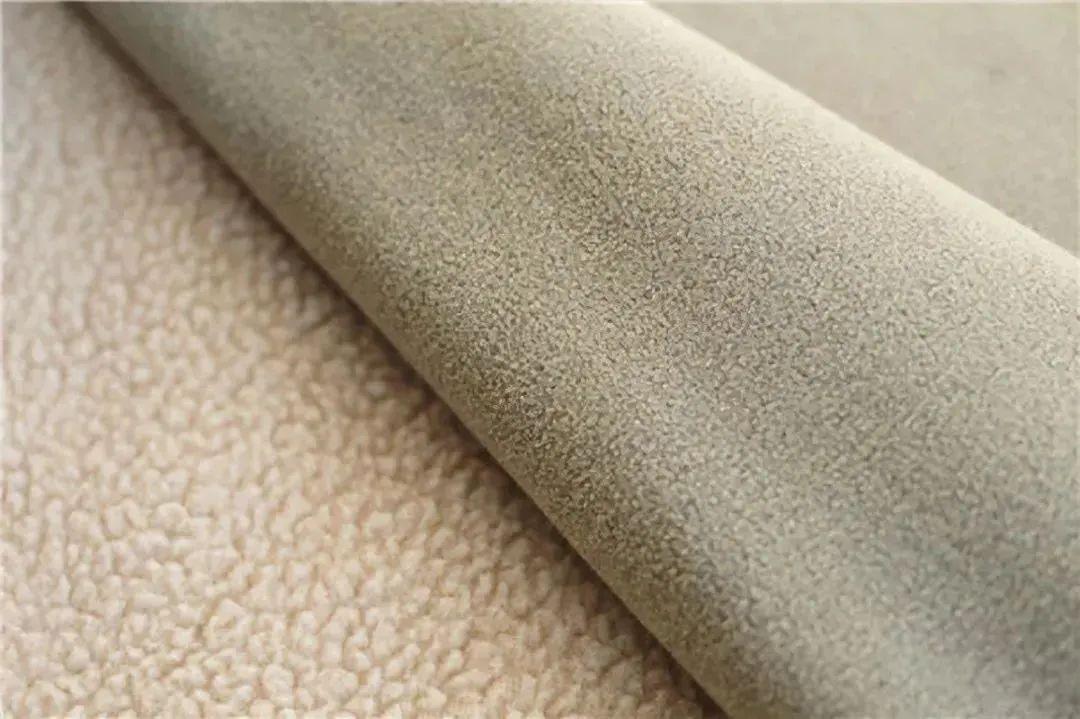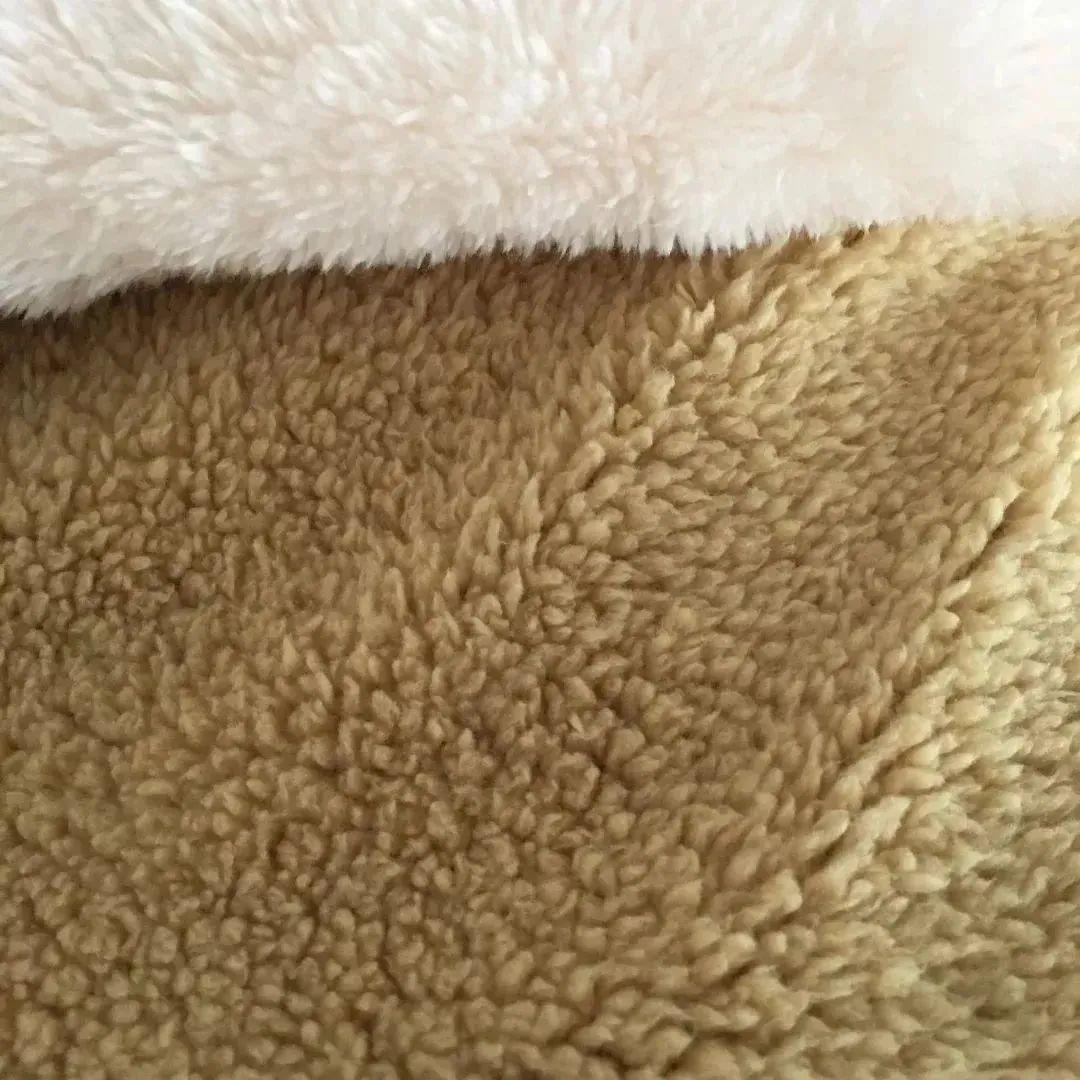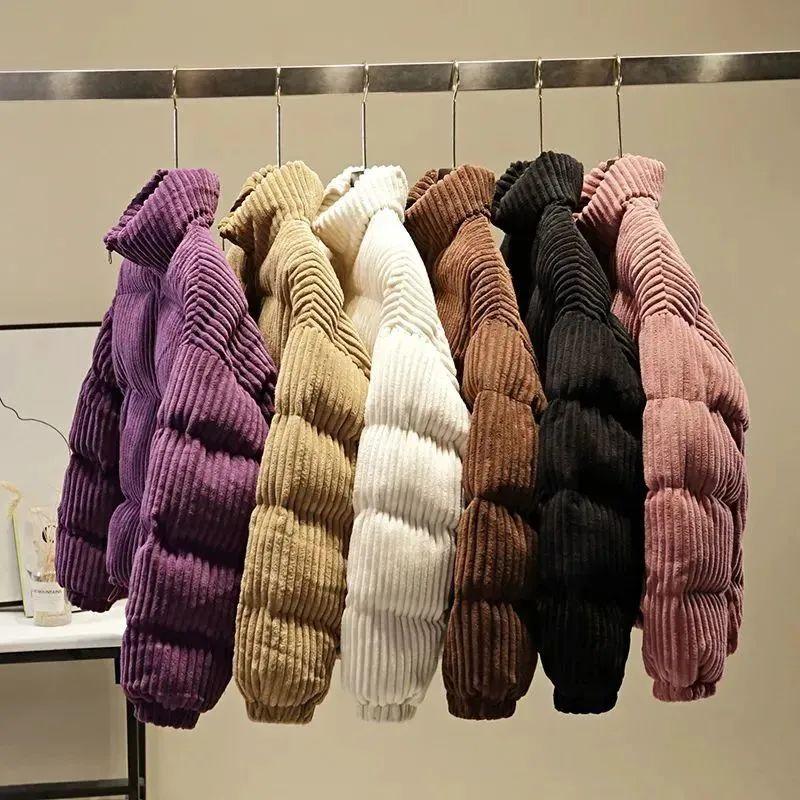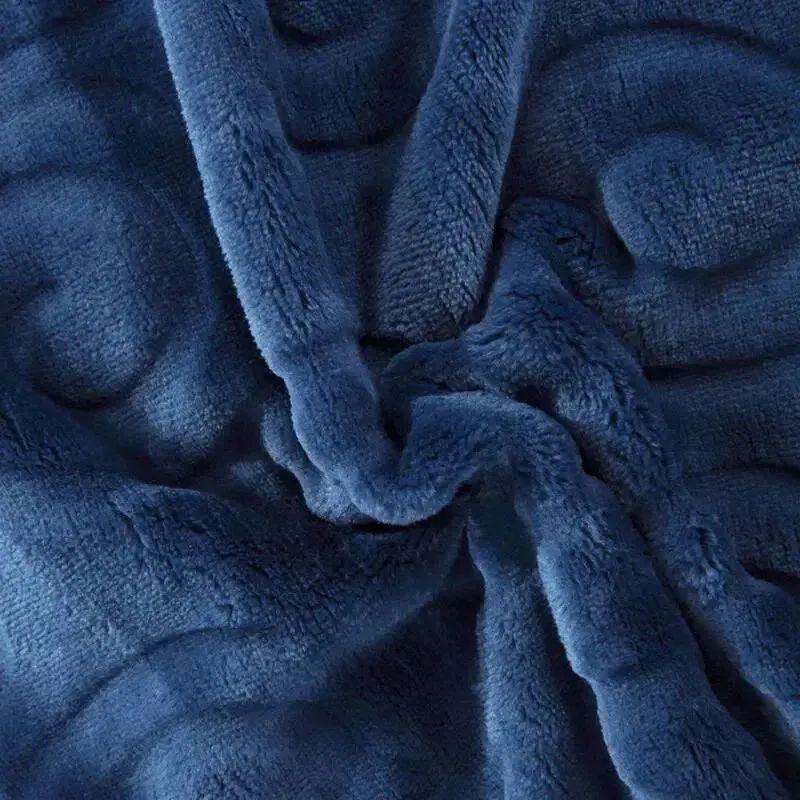The cold is getting colder, and it’s the season to wear all kinds of “velvet”, such as coral Velvet, polar fleece, flannel, lambswool, corduroy, etc. What are the differences in their materials and uses? What are the advantages and disadvantages?
01
Polar fleece

Polar fleece The fabric is a knitted fabric with a small ingot structure. The front is brushed and fluffy, and feels soft. It has the advantages of elasticity, heat preservation, wear resistance, non-shedding, and moth-proof. However, it is easy to generate static electricity and absorb dust. Some textiles will be anti-static. deal with. Polar fleece can be divided into plain color and printed color. Plain color polar fleece uses striping, embossing, and jacquard techniques to make patterns; printed polar fleece makes patterns through infiltration, glue, transfer printing and other processes. Polar fleece is rich in color and deeply loved by consumers. It is often used in clothing jackets, children’s clothing, sweatshirts, etc.
02
Sheppard

Sheep wool is a chemical fiber Fabrics generally refer to textiles woven from pure polyester or polyester and acrylic blended fibers, which are cheaper than wool fabrics. This type of fabric is pre-treated and shrunk at high temperatures, making it less prone to wrinkles and deformation. The fabric has the advantages of soft touch, wear resistance, anti-fungal, anti-moth, and good elasticity. When purchasing lambskin products, consumers should pay attention to distinguish them from wool and cashmere products to avoid being fooled or deceived. Compounding sherpa fabric with other fabrics can achieve more functional kimono designs and diversification. For example, sherpa fabric is combined with denim, which is often used in cold-proof jackets, home clothes, hats, toys, decorative items, etc.
03
Corduroy

CorduroyThefabriciscut,weftandraisedtoformwick-likestripsonthesurface,soitiscalledcorduroy.Thethree-dimensionaleffectbroughtaboutbythegroovesandpilesprovidesarichervarietyofchangesanddesignspaceforcorduroyclothingstyles.Corduroyfabrichastheadvantagesofsoftandelasticfeel,clearandplumpvelvetstrips,softandevenlight,etc.However,thetearingstrengthinthestripdirectionislow,andthecollar,cuffs,elbowjoints,kneejointsandotherpartswillberubbedforalongtime,andthevelvetwillfalloffeasily.Corduroyiscommonlyusedinautumnandwinterclothing,shoeandhatfabrics,toys,sofafabrics,curtains,etc.
04
Coralvelvet
Coral velvet fiber density high,
It is named after its coral-like body. The fiber has small fineness, good softness and moisture permeability; the surface is weakly reflective, the color is elegant and soft; the fabric surface is smooth, the texture is uniform and delicate, and the hand feels soft and elastic.
Warm and easy to use. However, it is easy to generate static electricity, accumulate dust, and cause itchiness. Some coral velvet fabrics are added with metal fibers or treated with anti-static finishing agents to reduce static electricity. Coral velvet fabric may also shed lint, so it is recommended to wash it before use. It is not recommended for those with skin allergies or a history of asthma. Coral fleece can be made of pure chemical fiber or blended with chemical fiber, plant fiber and animal fiber.For example, coral velvet produced by blending hemp fiber, acrylic fiber and polyester blend has the characteristics of good hygroscopicity, good drape and bright color. It is often used in nightgowns, baby products, children’s clothing, clothing linings, shoes and hats. , toys, home accessories, etc.
05
Flannel

Flannel It is a woven product, which refers to a carded-style woolen (cotton) fabric made of mixed-color carded wool (cotton) yarn. It has the characteristics of bright luster, soft texture, and good thermal insulation. However, woolen flannel fabric is prone to static electricity, and during long-term wear or use, friction will cause the surface fluff to fall off. The biggest difference between flannel and coral velvet is that the former has better gloss, softer feel, and better air permeability, moisture permeability, water absorption and other properties. Flannel is generally made of cotton or wool. Blending wool with cashmere, mulberry silk, and lyocell fiber can improve the itch of the fabric, give full play to the performance advantages of the blended fiber, and make it more comfortable to wear. There are also imitation flannel fabrics on the market that are made of polyester and have similar functions and characteristics to farran. They are mainly used to make blankets, pajamas, bathrobes and other products.






